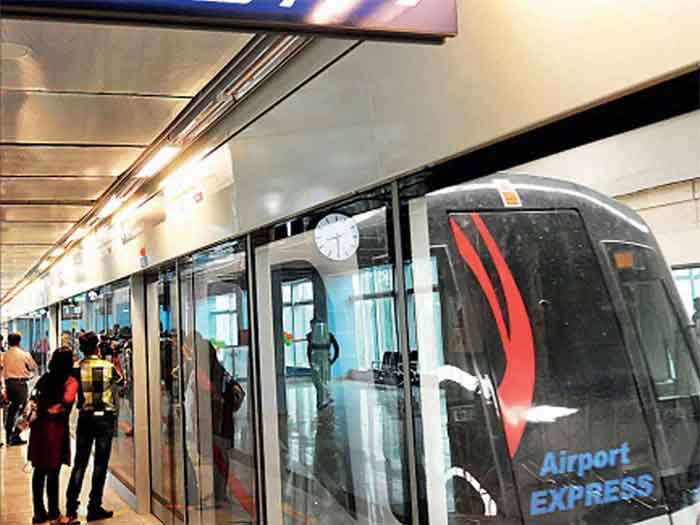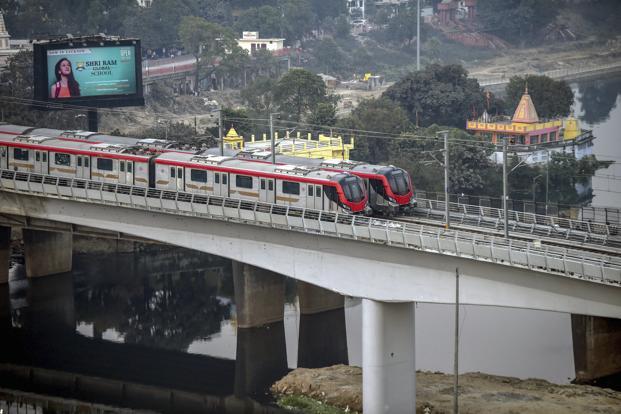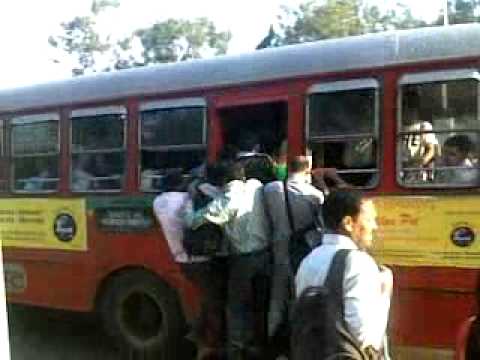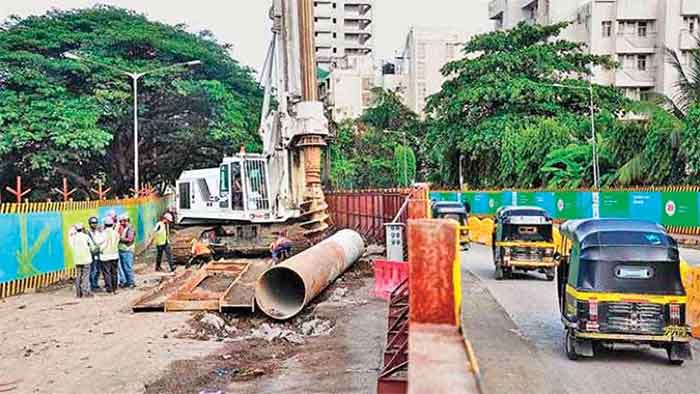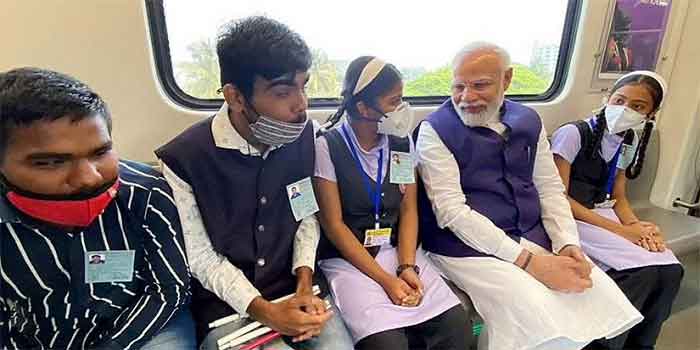
We can expect little improvement in our urban transport system considering what could be termed as inadequate understanding of the issue shown by Prime Minister Narendra Modi in his post budget webinar last week.
He emphasised Metro rail network as a key driver not realising the extremely poor record in most ciies. Even the moderate Marathi daily Maharashtra Times in an editorial today lambasted the atrocious record of Metro in Pune where the train was being seen mainly as a toy.
Mr Modi’s Emphasis on elevated roads , widening of roads again is misplaced as worldwide experience shows.
The following paragraph is all that he had to say on the issue.
The Prime Minister underlined that transport planning is an important pillar of the development of cities and the mobility of our cities should be uninterrupted. Highlighting the metro connectivity in the country before 2014, the Prime Minister pointed out that the present government has worked on metro rail in many cities and overtaken several countries in terms of metro network connectivity. He emphasised the need to strengthen the metro network and provide first and last-mile connectivity. He also mentioned that the widening of roads in cities, green mobility, elevated roads, and junction improvement have to be included as part of transport planning.
Some transport activists naively are pleased that he spoke of transport planning but the crucial question is planning for whom , planning can be very negative as well. Besides, Metro networks have been imposed on many cities without any planning, they certainly did not merit priority. Essentially these are intended to promote real estate interests, not to increase mobility.
In this connection it was interesting to look at an exhibition on the Metro 3 line network in Mumbai with which the newly renovated Piramal art gallery was launched last week. The exorbitantly expensive project has caused immense misery to citizens, it is under construction and the exhibition is titled Connecting the Unconnected. A more appropriate title would have been Discnnecting the Connected. It should have come with a warning – if you are walking to the Churchgate railway terminus from here, avoid the Tata road. Tata Road is a shorter route but is completely ravaged by the Metro work. Much better to go via Marine Drive.
Also pathetic is a photograph of Metro workers posing for a bicycle ride, it is a ridiculous attempt to show that the Metro also cares for cycling when we all see the open discrimination going on for ages against bicycles and buses.
The exhibition is mainly about the so called engineering marvel of the underground network. What is new about it. ?Besides, the whole project is an absolute negation of the government’s claim of atmanirbhar, everything about the project is imported, especially the tunnel machinery, expert personnel, much of the hardware, the metro cars. And the money also comes from Japan.
And the bus system which carries lakhs daily is neglected though it needs no foreign capital, no foreign machinery, no additional land.. Ashwini Bhide, the senior IAS officer in charge of the project, is working hard on line 3 for many years, shows a good understanding of the complex technical issues but the whole Metro concept is itself highly questionable. It may succeed after some time but as of now the Metro in many cities is a disaster, a misconceived infliction.
It is surprising that those in power continue to tell an obvious lie – that the Metro line will reduce use of as many as seven lakh cars a day. Deputy chief minister Devendra Fadanavis makes the claim in a film screened during the exhibition. He also claims the line will have a ridership of 17 lakh commuters daily, this again seems a very tall claim indeed.
If the Metro authorities have the guts why don’t they carry out a count of cars on roads on the first day of the launch of a Metro line and say a month later. Why have they not done in case of the new lines in Mumbai and Pune. Clearly they know the ugly truth
Similarly preposterous claims are being made about reduction of pollution to the extent of a couple of lakh tonnes without any substantiation whatsoever.
If the Metro is going to reduce car use, why on earth are they providing car parking at the Cuffe Parade metro station. Can’t the motorists use taxies, buses to cover the short distance from their buildings to the station or just get dropped by their own private cars. Why insist on parking the car, why rob the city of a scarce land resource ?
The real problem is the double talk, the rulers continue to humiliate the bus and suburban system and its users for decades as well as pedestrians, starve them of funds and now splurge thousands of crores on the Metro system which will carry only a fraction of the number of commuters carried by the bus system, not to speak of the suburban train system.
And if the Metro system is so good why are the authorities not holding any consultation with the public, why the closed door meetings among Metro officials from all over the country as was seen last November in Kochi at the international mobility conference and a recent one day meeting in a five star hotel in Mumbai for which ordinary citizens were expected to shell out Rs. 10,000 .
It is easy to impress the naïve in such conclaves in luxurious surroundings, far away from common people.
Vidyadhar Date is a senior journalist and author of a book on democratisation of urban transport

